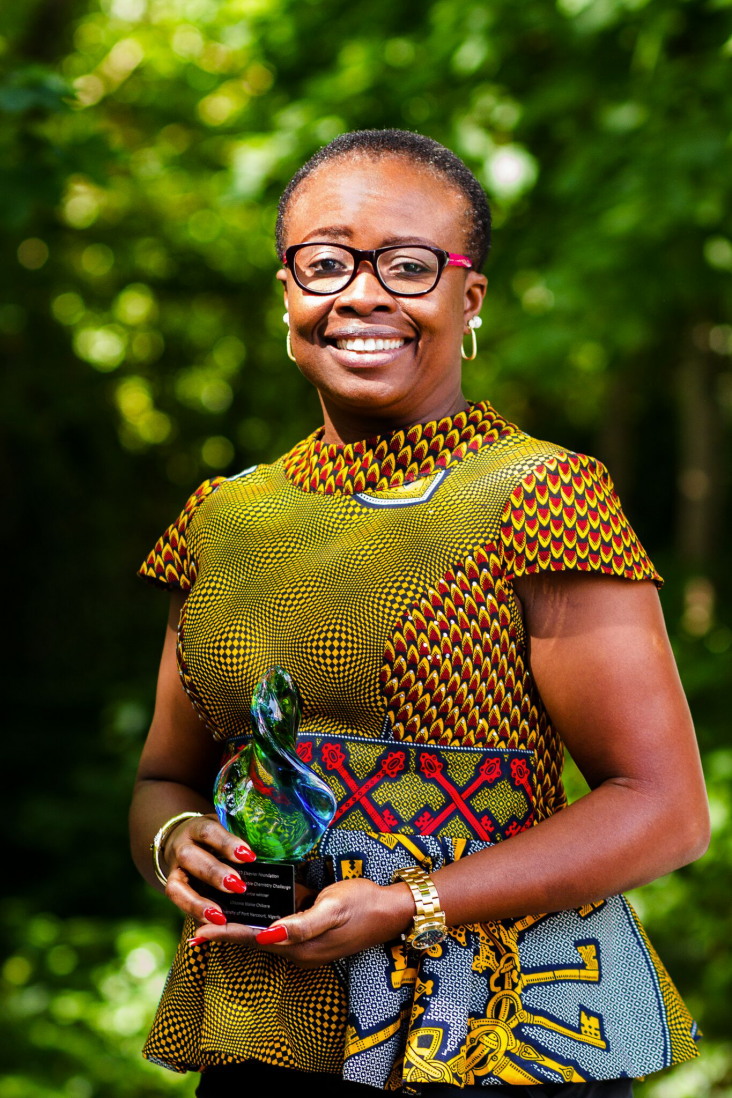The natural world has multiple, sometimes conflicting, sometimes synergistic, values to society when viewed through the lens of the Sustainable Development Goals (SDGs), Spatial mapping of nature's co
In the face of the growing challenges brought about by human activities, effective planning and decision-making in biodiversity and ecosystem conservation, restoration, and sustainable development are
Soil organic carbon (SOC) in croplands is a key property of soil quality for ensuring food security and agricultural sustainability, and also plays a central role in the global carbon (C) budget.
In the last decade, the consumption trend of organic food has increased dramatically worldwide.
Persuading individuals to engage in pro-environmental behavior is challenging.
A grand challenge facing humanity is how to produce food for a growing population in the face of a changing climate and environmental degradation.

In 2017, Chioma Blaise Chikere was awarded the second prize of the Green and Sustainable Chemistry Challenge. Her project “Eco-restoration of crude oil-polluted land in Nigeria” demonstrated how organic nutrients such as garden fertilizers and animal excreta can be used to degrade hydrocarbons, cleaning up the soils heavily contaminated by decades of oil spills and advancing SDGs 6, 13 and 15. Three years later, we caught up with Dr. Chikere to learn about her research journey.
Various studies have shown that maritime sector needs increased use of zero emission vessels in service by 2030 in order to achieve an absolute reduction in CO2 emissions of 50% by 2050 (consistent wi
With the increasing importance of ‘emerging powers’ in the global economy, questions are raised about the role of developing countries in shaping global norms.
Sustainable Development Goal (SDG) indicator 15.1.1 proposes to quantify “Forest area as a proportion of total land area” in order to achieve SDG target 15.1.
